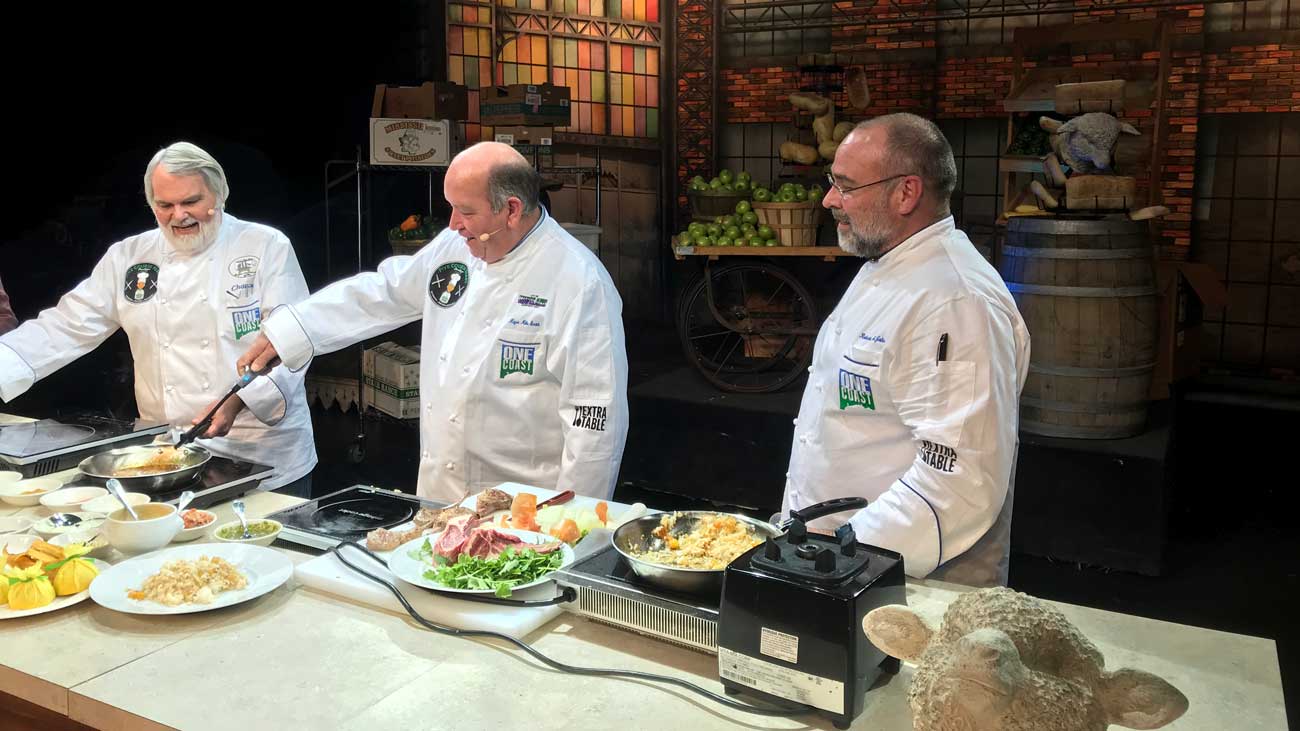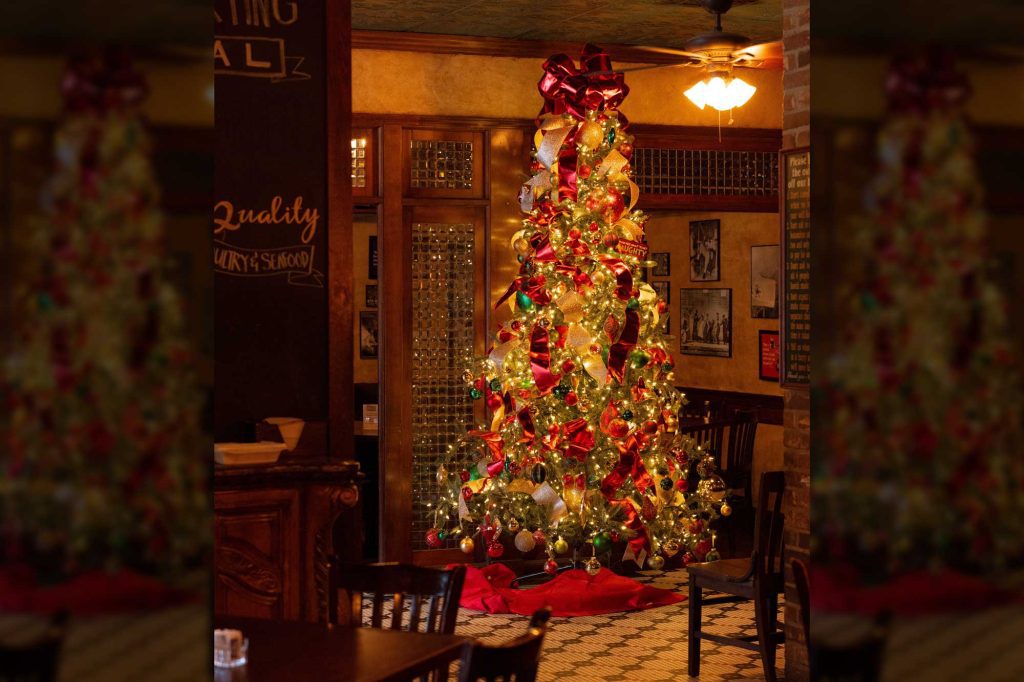The world is living off of byproducts and off-cuts, and that’s a good thing.
After three decades in the restaurant business it’s easy to look back and notice trends and cycles in people’s eating habits. When we opened our first restaurant in 1987, poultry suppliers could almost give away chicken wings for free.
What we know today as “Buffalo wings” or “hot wings” are two of the three sections of a butchered chicken wing. The wing we know in a grocery store refrigerated case is only two knife strokes away from being a drumette. Two cuts— one at each of the joints— yields two smaller pieces that can be cooked and served as drumettes and one wing tip that can be used in stock. Just cut at each of the “Vs” and you’re good to go.
There are several people who claim to have invented the hot wing as we know it, one was in the 1960s another in the 1970s, it doesn’t really matter much to me who invented them. I know that they started becoming a national recognized food offering in the late 1980s and didn’t really take off until the 1990s.
In 1988 we were the first restaurant to serve hot wings in my hometown of Hattiesburg, MS. Know one had ever heard of them and they didn’t sell well in the early days. They stayed on the menu for a decade or so and then we moved on.
My son and his friends love wings. That is the “go-to” food for 13-year old boys these days. Though in 1988 it was an entirely different story.
In the early days wings were cheap. When I was a kid, it was all about the drumstick. Today the breast is all of the rage. Personally, I believe I had it right when I was a kid. The leg and the thigh are, by far, the juiciest and most flavorful cuts of chicken. Today, we are so obsessed with wings and breasts that we are raising chickens for the white meat. In the end it’s ok with me because that drives down the price of the dark meat.
There are several cuts of beef that were considered scraps and off-cuts just a few years ago. Today the flatiron steak, hanger steak and tri-tip are hot cuts. Chefs started searching for more exotic and economical cuts, and those three rose to the top. To me, the off-cuts can be more flavorful than the standard cuts. The fact that they are less expensive is a bonus.
The problem with off cuts is that eventually more and more people begin to catch on. The laws of supply and demand kick in and the price of eating steak and chicken goes up.
Nowhere is this more evident in the seafood world. When I was a kid fishing in the saltwater bayous and marshes of the Mississippi Gulf Coast, we always threw back sheepshead— a small to medium-sized Gulf fish. The yield isn’t great, but the fish itself is one of my favorite of the Gulf fish. It is white, flaky and mild in flavor. We serve a lot of sheepshead in our restaurants and it’s hard to find a legitimate seafood establishment in New Orleans that doesn’t serve sheepshead these days.
In the late 1980s and early 1990s we could buy sheepshead for $1.75 per pound. Today it can be as high as $6.95 per pound. That might seem like a pretty severe incremental increase— and it is— but it’s nothing compared to what has happed with another seafood byproduct— crab claws.
Crab claws are the quintessential byproduct. People were still eating chicken wings before the hot wing was invented. Butchers were eating flatiron and tri-tip steaks or grinding it into hamburger. But no one was doing anything with the crab claw until Bill Bayley— also the creator of the West Indies Salad— cracked open a blue crab claw, dusted it in four and then dropped it in a deep fryer. That was sometime in the early 1960s.
In 1987 when I started frying crab claws, the price per pound was $4.95. This week a pound of crab claws— at wholesale mind you— costs $16.50. That’s a monumental increase, and restaurateurs are fighting over them. Frozen crab claws are cheaper, but one can tell a huge difference between fresh and frozen when cooking and serving crab claws. If you see a half pound of crab claws on a menu for $6.00 to $7.00 you can bet that they are frozen. Either that, or the restaurant isn’t going to be around much longer.
Crabmeat is my favorite ingredient. The meat that comes from the claw, while not as pretty, is more flavorful. I love fried crab claws, but each crab only has two, and now that everyone has caught on, they are more expensive and harder to find— even for us and we purchase over 12,000 pounds of crabmeat each year.
A steer offers a lot of options with creative cuts. A chicken offers less. Less still are the options with crabmeat. I don’t have an answer, but my stomach sure wishes I did.
Marinated Crab Claws
These must be prepared no earlier than one day in advance and no later than six hours before being served. That’s an 18-hour window for those who don’t want to do the math.
1 cup extra-virgin olive oil
1 /4 cup white balsamic vinegar
2 Tbl lemon juice
1 /2 cup green onions, chopped
2 Tbl red onion, minced
2 Tbl celery, chopped fine
2 Tbl fresh chives, chopped
1 Tbl parsley, chopped
1 tsp garlic, minced
1 Tbl Worcestershire sauce
1 /2 tsp dry oregano
1/4 cup pickled okra, chopped
1 Tbl jalapeno, minced
1 teaspoon salt
1 /2 tsp black pepper, freshly ground
1 tsp hot sauce
1 pound blue crab claws
In a large, glass bowl, combine all ingredients except claws. Whisk to mix well. Add crab claws and toss to coat. Cover and refrigerate at least six hours or overnight.
Serve chilled.



